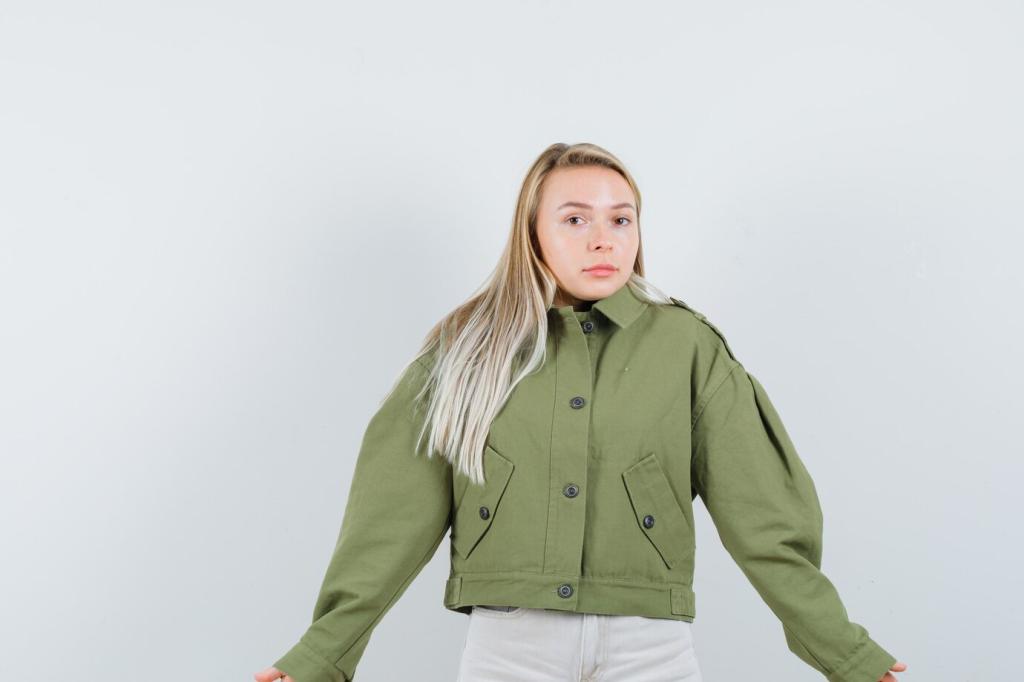This website uses cookies so that we can provide you with the best user experience possible. Cookie information is stored in your browser and performs functions such as recognising you when you return to our website and helping our team to understand which sections of the website you find most interesting and useful.
Emerging Materials in Eco-Friendly Fashion
In recent years, the fashion industry has been undergoing a profound transformation, driven by growing environmental awareness and advancements in material science. Emerging materials in eco-friendly fashion are paving the way for a more sustainable future by offering alternatives to traditional textiles that often come with high environmental costs. From plant-based fibers to biodegradable synthetics, these innovations are reshaping the way clothes are designed, produced, and worn, reflecting a shift in both industry priorities and consumer values. This page delves into the most promising materials revolutionizing sustainable fashion, illustrating how they promote environmental stewardship, inspire creative design, and cater to the rising demand for ethically produced apparel.

Plant-Based Innovations
Bioengineered Fabrics

Recycled and Regenerated Materials
Recycled Polyester (rPET)
Regenerated Cellulosics (Lyocell and Modal)
Ocean Plastics
Biodegradable Synthetics
Biodegradable Polyesters

Alternative Animal-Derived Materials


